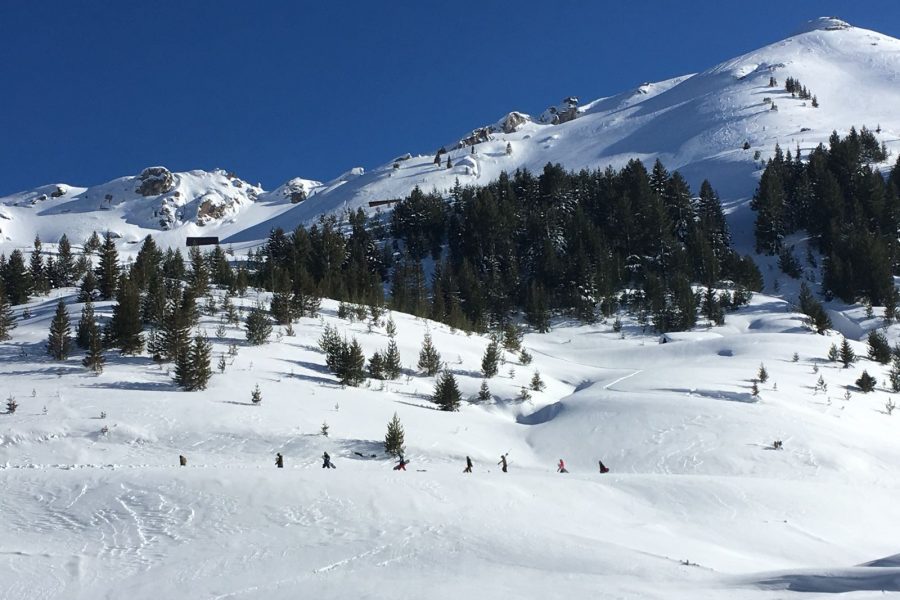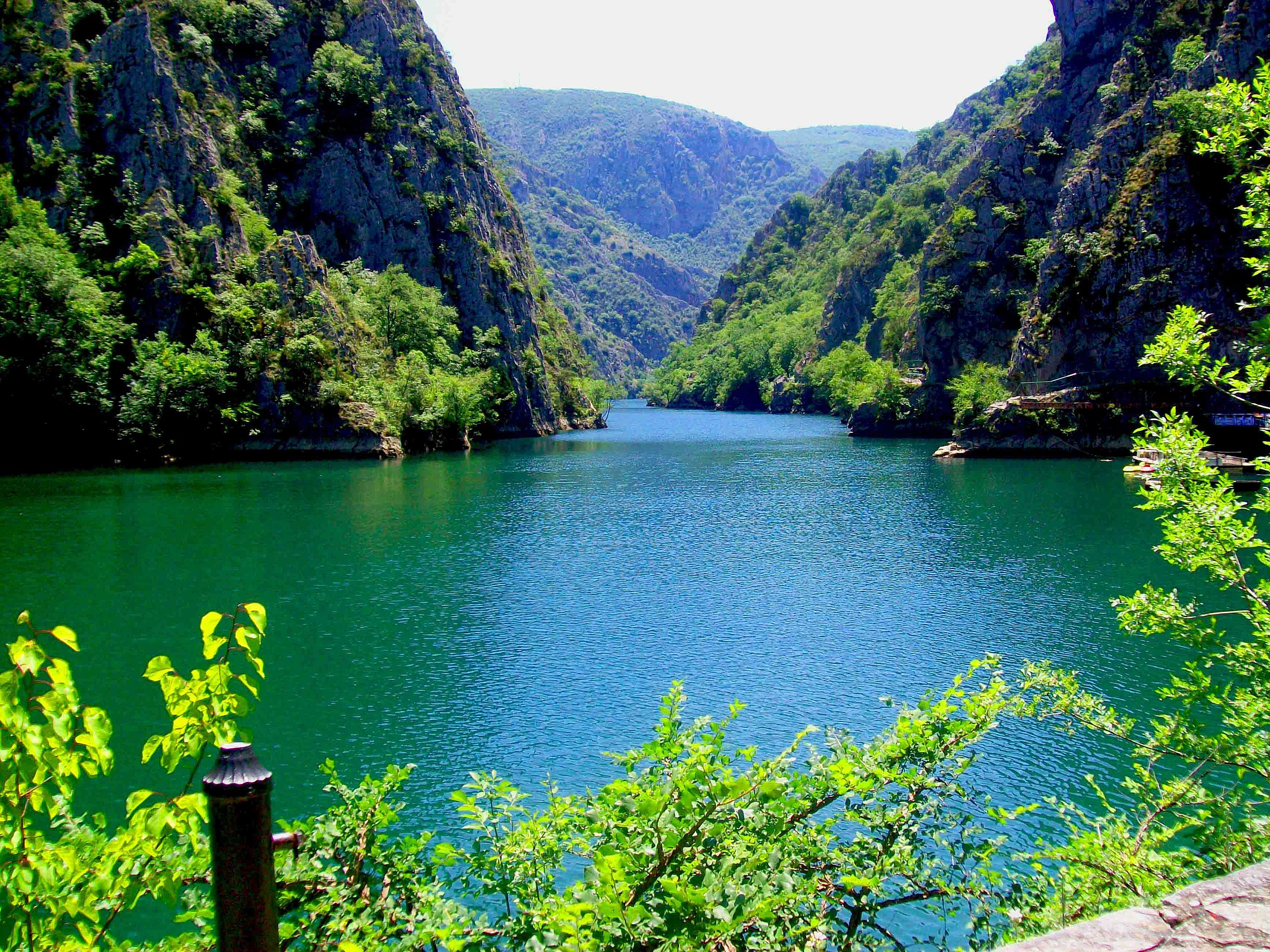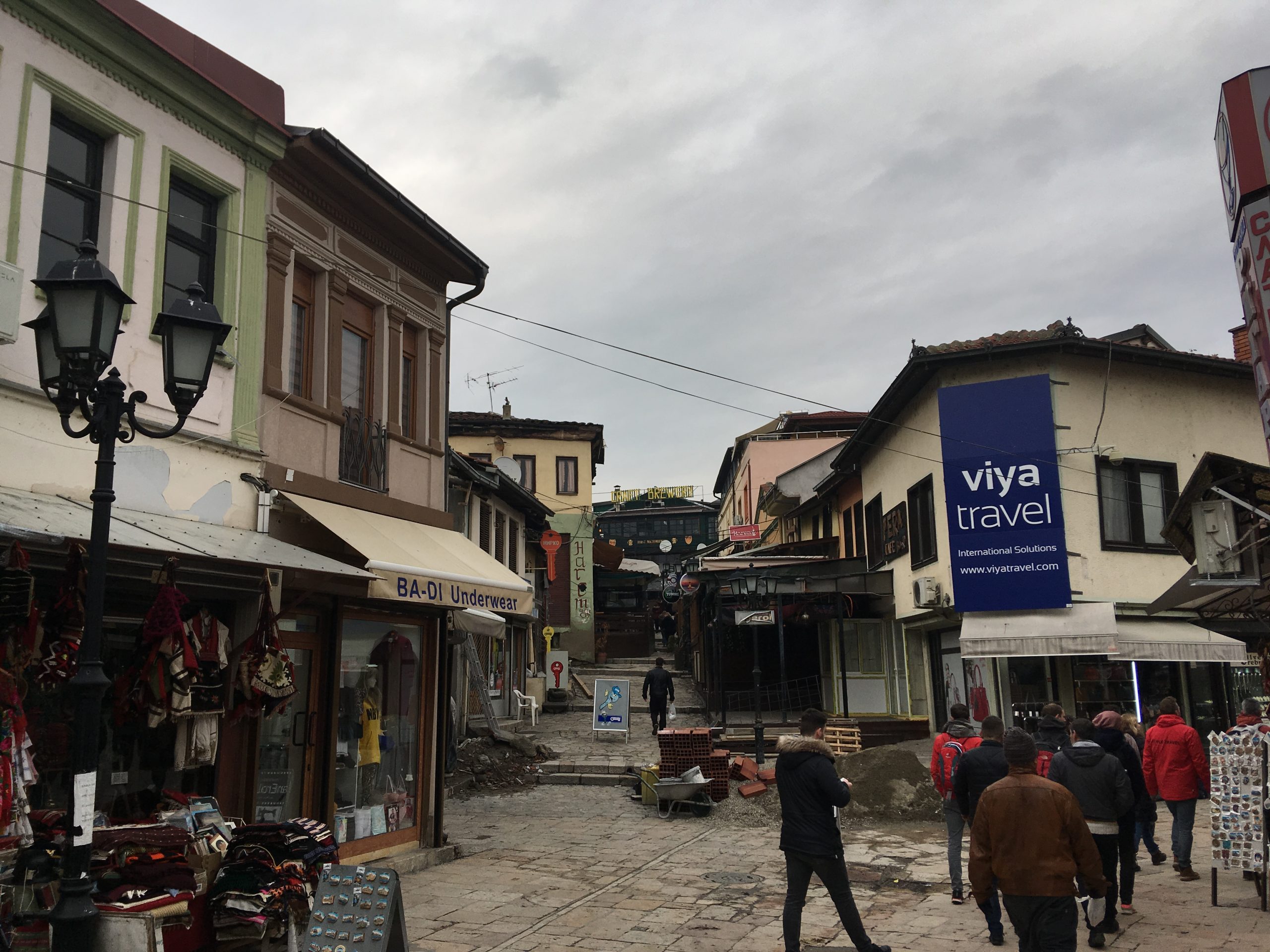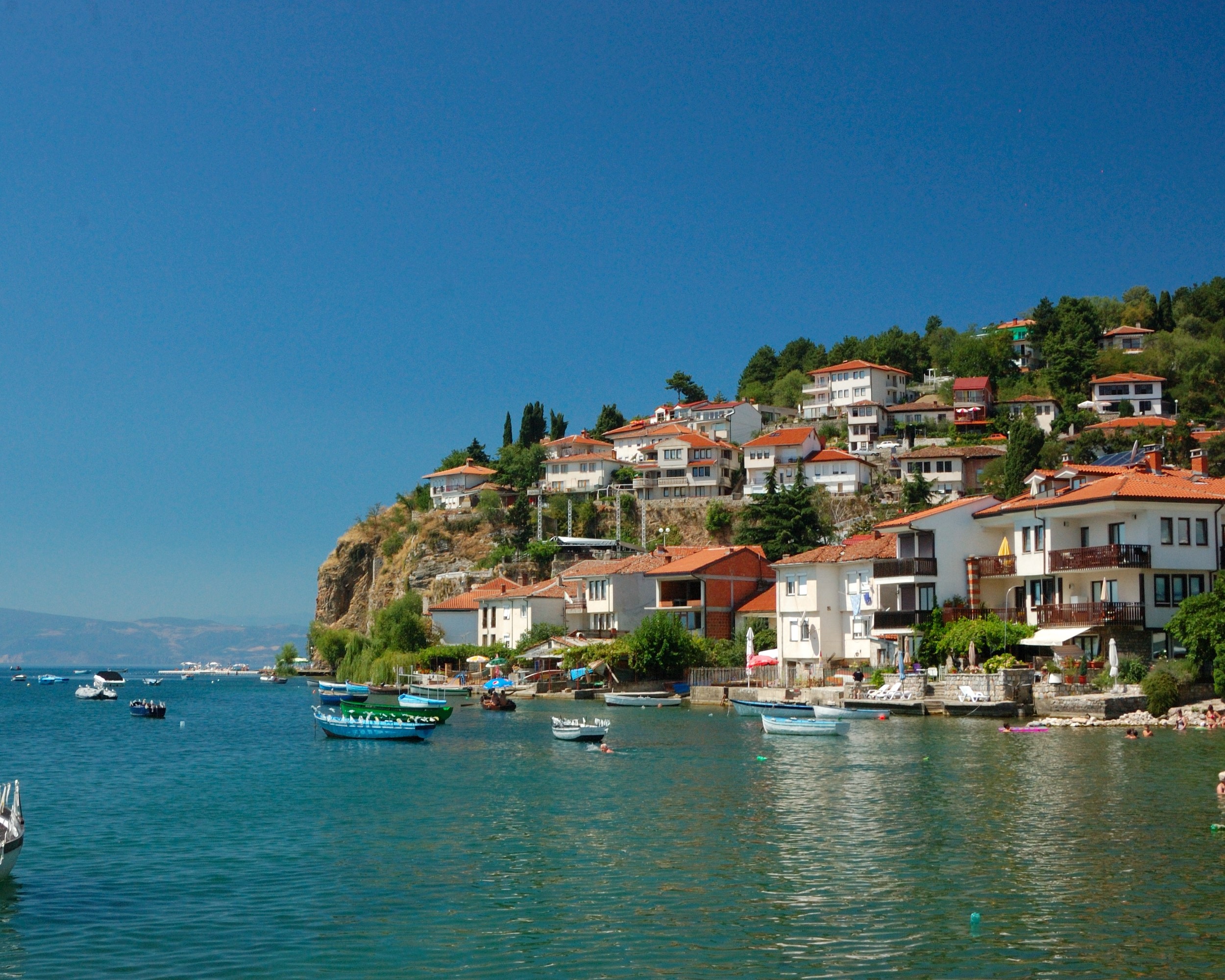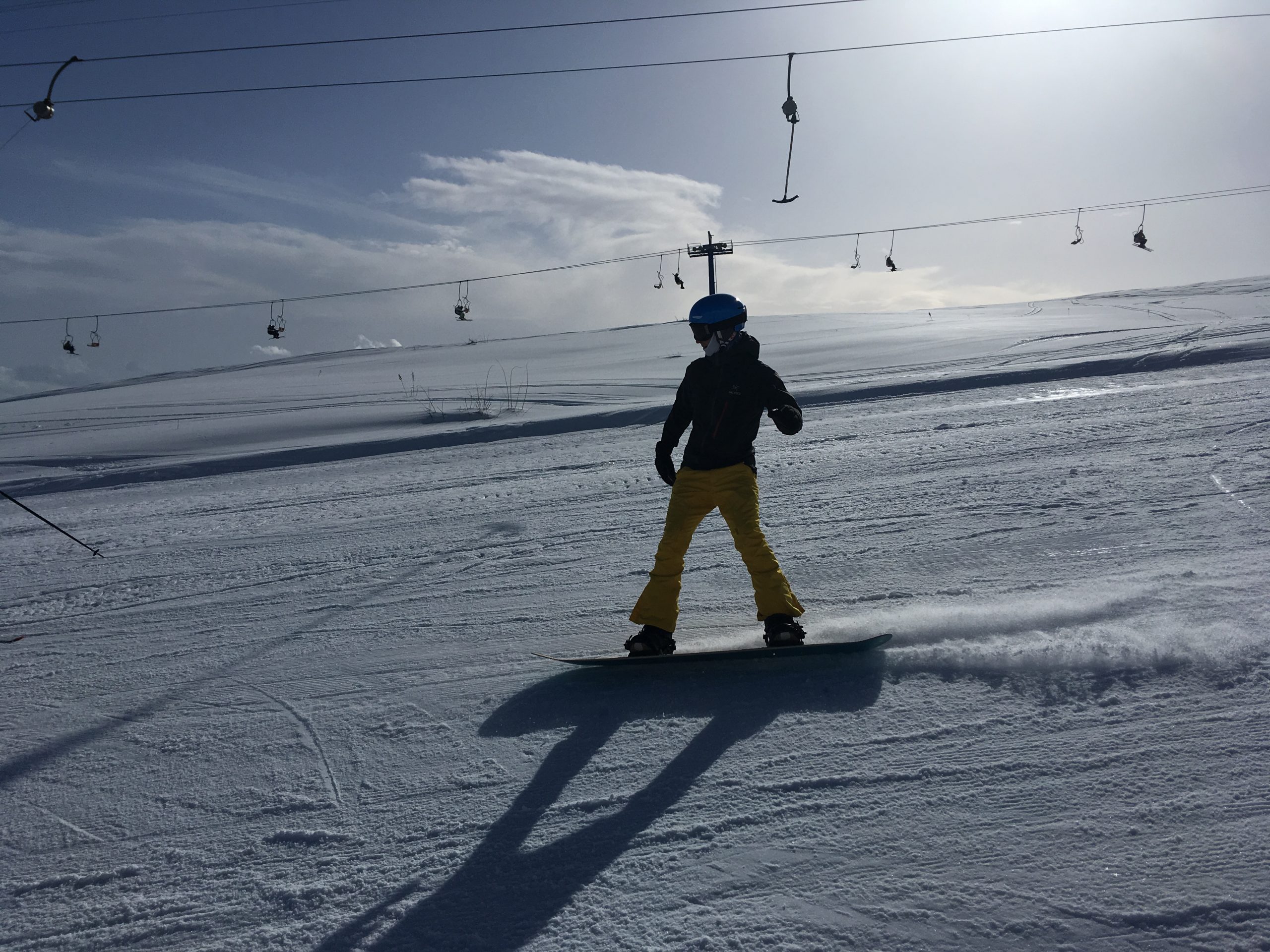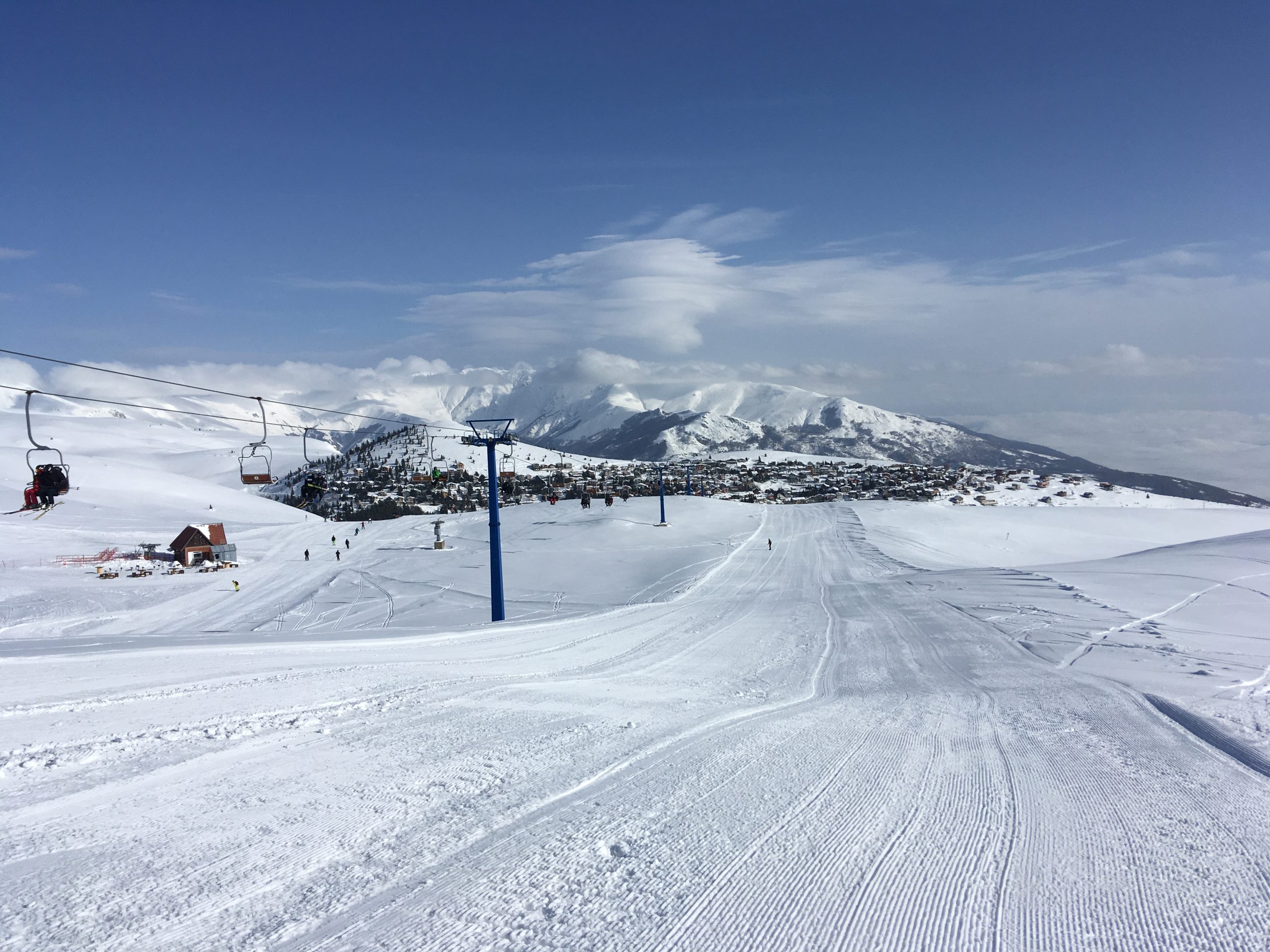Ski Adventure Serbia and Kosovo
In the center of the Balkans, a ski adventure Serbia and Kosovo awaits you. A crazy journey to two regions that have a love-hate relationship with each other. The trip begins in Skopje, the capital of northern Macedonia. In Serbia, we ski at the large Kopaonik ski resort.
Practical information:
| Visa | Not necessary for a stay shorter than 90 days |
| Passport | Valid for at least 6 months after departure from North Macedonia |
| Currency | Macedonian Denar (Avarage 60 MKD is €1) |
| Time difference | GMT+1 (summer) and GMT+2 (winter) so there is no time difference with the Netherlands |
| Language | Official languages are Macedonian and Albanian |
| Cash | Paying by card is possible everywhere, bringing euros could be practical |
| Vaccinations | DTP and Hepatitus A are adviced |
| Electricity | 220V-50Hz |
| Internet connection | In most guesthouses and hotels there is excellent internet connection |
| Safety | There are safety risks, Check here for current information (Dutch Government) |
| Food and Drinks | A typical Balkan cuisine with influences from Turkey |
| Popular dishes | Pindjur, < a href=”http://home/webdesign/domains/websitetesten.online/public_html.macedoniancuisine.com/2016/01/stuffed-peppers-piperki-polneti.html” target=”_blank” rel=”noopener”>Polneti piperki, Musaka, Sarma, Ajvar and lots of wine and raki |
Northern Macedonia, a fairy tale of a country
Northern Macedonia is a
landlocked country
in the heart of the Balkan Peninsula. The country is landlocked between Serbia to the northeast, Kosovo to the northwest, Albania to the west, Greece to the south and Bulgaria to the east. So no coast, but masses of lakes and rivers, of which Lake Ohrid is the largest and Vardar the longest (lake and river, respectively). Sounds a bit like place names from The Lord of the Rings we hear you thinking. Well, even the mountainous landscape with more than sixteen tweedy mountains, deep gorges and canyons, brown bears, wolves and jackals are reminiscent of the land of elves, nymphs and walking trees. A fairy tale of a country.
Facts from northern Macedonia
Just over 2 million Macedonians live in the Republic of Northern Macedonia. People generally speak Macedonian and pay in denars. Macedonian is a Slavic language, very similar to Bulgarian, and is written using a variant of the Cyrillic alphabet. The country’s capital and also largest city is Skopje, with a population of some 595 000. Stevo Pendarovski has been president of the country since May 12, 2019, with Zoran Zaev, the prime minister, at his side.
A Macedonian history
Both in the Macedonian language, cuisine and customs, the practiced traveler will recognize various cultural influences. The country fell under Ottoman rule for centuries, became part of the Serbian Empire after the Balkan Wars of 1912 and 1913, was ruled by Bulgaria during World War I and World War II, and was a state of communist Yugoslavia between 1945 and 1991. In 1991, the state declared independence under the name Macedonia. In 1993, northern Macedonia became a member of the United Nations. The new country experienced little to no impact from the wars that so divided the rest of the former Yugoslavia. But most fairy tales have grim sides, so does this history.
In 1998, war broke out in neighboring Kosovo. Domestically, an extreme nationalist Orthodox government came to power under Prime Minister Georgievsky. Many ethnic Albanian Kosovars are fleeing to northern Macedonia, where an Albanian minority already lived. A guerrilla movement, the UÇK-M or Macedonian National Liberation Army, organized itself in this region, seeking independence. It came to an armed conflict, which, although short-lived, was not free of war crimes.
The sun is in also a star in northern Macedonia
Northern Macedonia is also referred to by some as the land of the red earth and the sun. Google couldn’t tell us how that came about, but we assume it has something to do with the North Macedonian flag – a glowing, golden yellow sun on a gleaming red background.
Under the slogan “The sun is also a star,” Northern Macedonia has been an official candidate for accession to the European Union since 2005. The reasons why Northern Macedonia is still a candidate and not a full member may be a bit too complex to fully explain here, but a long-standing dispute with Greece over the country’s name already has something to do with it. Indeed, both countries claimed the historical legacy of the ancient kingdom of Macedonia. For years, Greece (which has a province of Macedonia) blocked the accession of northern Macedonia (then called the Former Yugoslav Republic of Macedonia) to the European Union and NATO. The Macedonian name dispute has even made it to its own wikipedia page. Tempers calmed in 2019 when Northern Macedonia also officially became Northern Macedonia. And that has paid off – since March 27, 2020, the country has been a member of NATO.
The Македонска cuisine
As you hopefully know, local food is a particularly important part of Ryce trips. Yes indeed, we go out primarily to trudge down mountains and grab powder, but a person has to eat. Good food. And let Northern Macedonia (like the rest of the Balkans) be known precisely for its cuisine. The dish of choice is tavče gravče – a bean dish that tastes much more exciting than it sounds. In addition, we indulge in
gjomleze
,
makalo
, richly with
ajvar
bread rolls, spicy sausage, hearty cheeses and homegrown wines.
Want to get started with those new flavors and dishes yourself afterwards, but don’t know how? Surf to ajvar.nl, a Dutch-language website that compiles dishes from all over the Balkans (and beyond) in a clear tone, peppered with facts and stories. Catapults you right back on your journey. A gem of a website.

